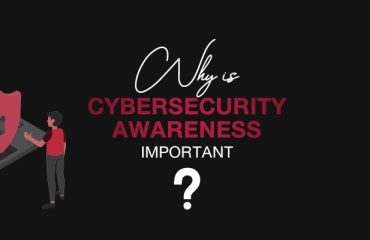
Email is one of the most widely used forms of communication in business today, and it is also one of the most vulnerable to cyber-attacks. Email security is the practice of protecting email systems and the data they contain from unauthorized access, use, disclosure, disruption, modification, or destruction. As cyber threats continue to evolve, email security has become an essential aspect of cybersecurity.
What are the main threats to email security?
One of the primary threats to email security is phishing. Phishing is a type of cyber attack in which an attacker sends an email that appears to be from a legitimate source in an attempt to trick the recipient into providing sensitive information, such as login credentials or financial information.
Another common threat to email security is malware. Malware is a type of malicious software that is designed to damage or disrupt a computer or network. It can be delivered via email, and it can cause damage to systems and data, or steal sensitive information.
Spam is another threat to email security. Spam emails are unsolicited messages that are sent in bulk, often with the intent of promoting a product or service. Spam emails can consume network resources and can also be used to deliver malware or phishing emails.
How can you protect your business from these threats?
There are a variety of email security solutions that can help protect against these threats. One of the most important is the use of spam filters. Spam filters are software-based systems that are designed to detect and block spam emails.
Another important email security solution is the use of email encryption. Email encryption is the process of converting plain text into a code to prevent unauthorized access. This helps to protect sensitive information, such as login credentials or financial information.
Anti-virus and anti-malware solutions are also important tools for protecting email systems. Anti-virus and anti-malware software scans emails and attachments for malware and other malicious software, and it can remove or quarantine any malicious files that are detected.
What are the best practices for email security?
Maintaining email security is an ongoing process that requires constant monitoring, analysis, and improvement.
Some best practices for email security include:
- Regularly updating email software and operating systems to address known vulnerabilities.
- Educating employees about email security best practices and the risks associated with cyber threats.
- Keeping an understanding of the current threat landscape and monitoring for new threats.
- Implementing security policies and controls to limit access to email systems and data.
- Regularly monitoring email logs and network traffic to detect and respond to security threats.
- Using two-factor authentication.
- Using anti-virus and anti-malware software.
- Conducting regular security audits and vulnerability assessments.



